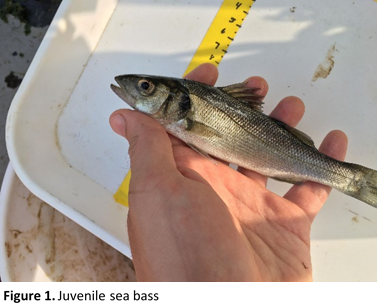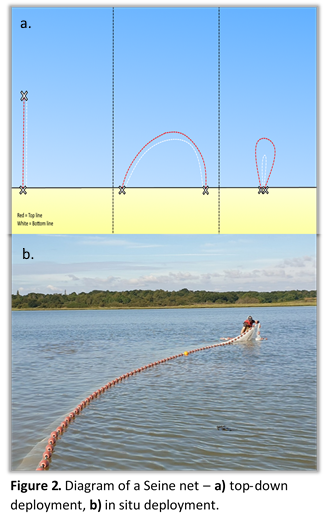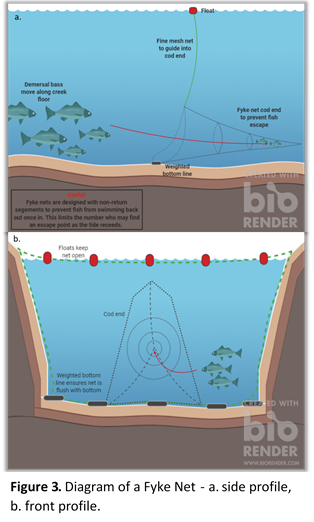Howard Freeman

I am a 3rd year PhD student in Marine Ecology with the University of Essex and my research focusses on how habitat influences variation in distribution and survival of juvenile European sea bass (Figure 1). Sea bass are an economically important species across their range of the UK and Europe and are a consumer favourite in these regions. Recently, however, high fishing pressure and variable recruitment of new fish to the stock has resulted in stock declines, with sea bass now considered vulnerable to over-exploitation. Recruitment of new individuals is largely influenced by the survival and distribution patterns of juvenile and larval fish. These are thought to be majorly driven by environmental conditions, but how is largely unknown.

Understanding the distribution and survival of a species requires information on larval supply, habitat usage, habitat function and fish survivability. Bass use different habitats at different life stages. While adults use deeper offshore waters, juveniles are thought to use shallow estuarine systems as nursery habitat (that which promotes survival) during the summer months, but what habitat characteristics of the nursery habitats are important to sea bass is still unknown. The estuarine systems sea bass inhabit over the summer months are under immense anthropogenic pressures, as the result of agriculture and land reclamation, maritime activities, and waste management. As such, it is now more important than ever to identify key areas for habitat conservation and management, which starts with identifying what is important to vulnerable species, such as sea bass. Our findings to date challenge the current dogma that saltmarshes are the most important form of nursery habitat.
Over the last summer, my work focussed on assessing differences in juvenile bass abundance between different types of estuarine habitat; those that can be considered structurally complex like saltmarshes, shingle, and oyster reefs, or those that are simple such as mudflats and sand banks. This involved a combination of seine netting (Figure 2) in open habitats such as mudflats and shingle beds, and fyke netting (Figure 3) more closed habitats such as saltmarshes. This was carried out over both high and low tide at a number of sites within the Colne and Blackwater Estuary. The data gathered here will be used to determine important habitat for bass within nursery systems and its function, to better inform management decisions of coastal habitats.


Recently, I concluded a growth performance experiment investigating how winter temperatures found in the estuarine habitats of the Essex coastline affect the growth of young-of-year bass. This is to be used alongside in-situ measurements of temperature throughout the winter, and seasonal catch data from previous years to determine whether these supposed nursery habitats are accessible to juvenile sea bass during the winter (or whether they must move to other habitats), and what the implications are for their survival and recruitment.
My work has now progressed to concentrating on the supply of larval fish to estuarine nursery habitats, specifically questioning whether larval fish employ some form of transport mechanism to actively move to settlement sites, or whether they passively move with ocean currents. It is hoped this will be used to better inform models of settlement patterns used in recruitment models. Finally, I will soon be using molecular methods to understand differences in diet and food availability between habitats and what are the implications for habitat function and fish survival.
If you would like to see updates on how my work progresses and see more of what I get up to then you can find me on twitter @seabassbase.
